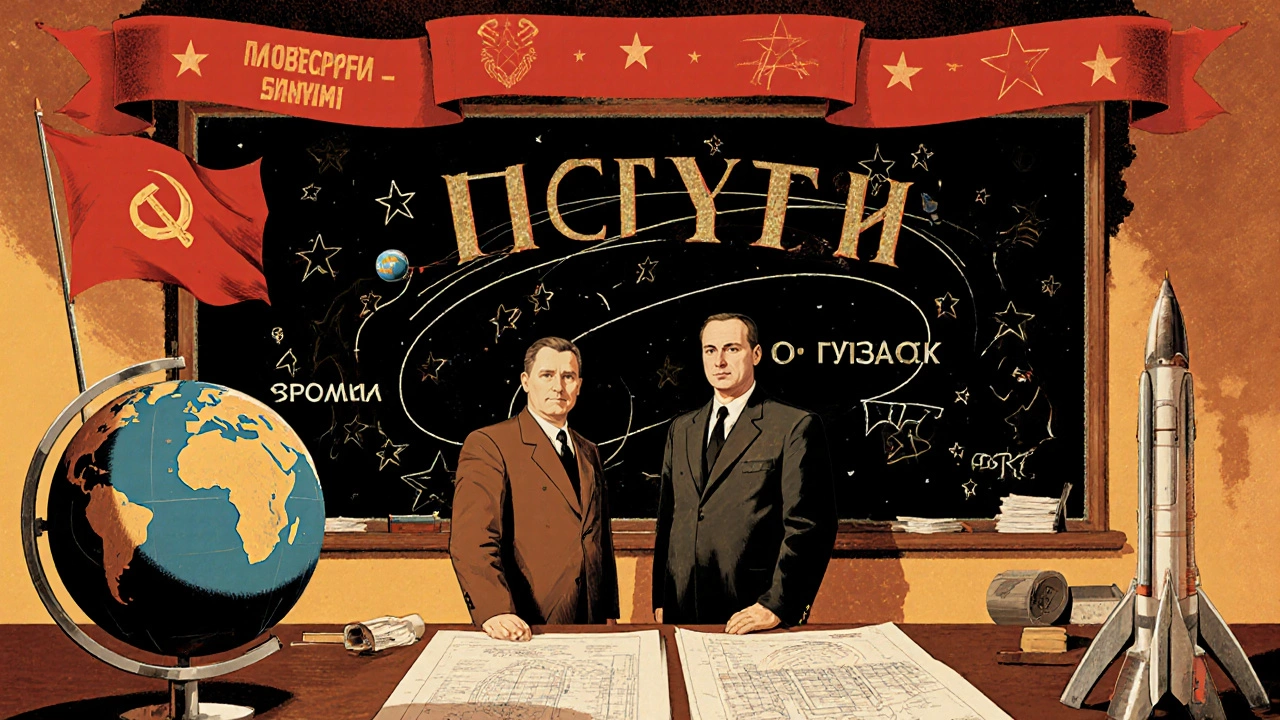Yuri Gagarin: The First Human in Space and His Legacy in STEM
When Yuri Gagarin, the Soviet cosmonaut who became the first human to orbit Earth. Also known as the first person in space, he flew aboard Vostok 1 on April 12, 1961, proving that humans could survive the extreme conditions of spaceflight. His 108-minute journey wasn’t just a milestone in history—it was a massive leap in engineering, physics, and systems design that still shapes space missions today.
His flight forced governments and scientists worldwide to rethink what was possible. It pushed the development of life support systems, telemetry, re-entry protocols, and astronaut training—all core parts of modern space technology. The Soviet space program, the state-driven effort that launched Gagarin into orbit didn’t just win a race; it proved that large-scale, goal-oriented science could deliver results under pressure. That same model—focused funding, tight teamwork, and clear objectives—shows up today in India’s ISRO missions and global lunar and Mars projects.
Yuri Gagarin also made space feel human. Before him, space was a cold, distant idea. After him, it became a place where people could live, work, and return home. That shift opened the door for international collaboration, like the ISS, where scientists from dozens of countries now work together. It also inspired generations of engineers, mathematicians, and technicians—not just in Russia, but across India and beyond—to ask: What if we could do that too? Today’s students building small satellites, coding orbital algorithms, or designing reusable rockets are standing on the shoulders of his flight.
The human spaceflight, the practice of sending people into space and returning them safely he pioneered now includes private companies, space tourism, and long-duration missions to Mars. But the basics haven’t changed: it still needs flawless engineering, real-time problem-solving, and the courage to try something no one has done before. Gagarin’s success wasn’t luck—it was the result of thousands of people working together, from welders to mathematicians, to make one impossible idea real.
What you’ll find in these posts isn’t just history. It’s the same spirit—how science moves from theory to real-world impact, how teams solve impossible problems, and how one breakthrough can change everything. From how data scientists talk to nurses to how renewable energy gets adopted, these stories follow the same pattern: someone saw a problem, built a solution, and made it work. Yuri Gagarin didn’t just go to space—he showed us how to reach for it.




